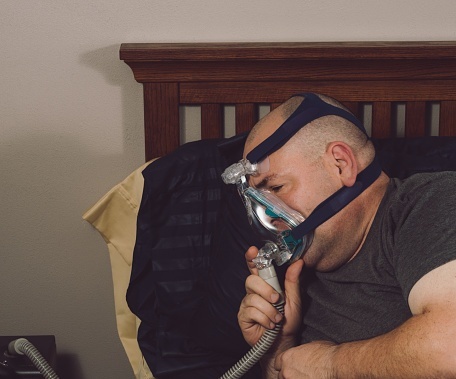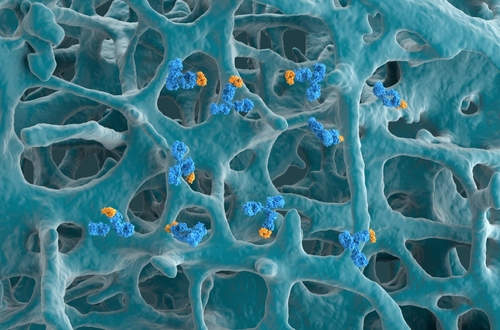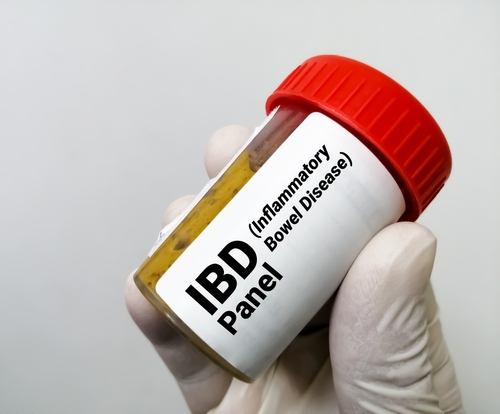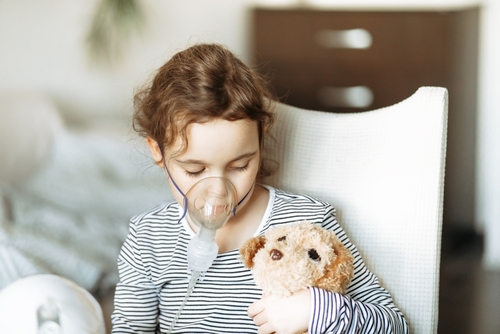
Among patients with obesity hypoventilation syndrome (OHS) and obstructive sleep apnea (OSA), the use of continuous positive airway pressure (CPAP) is a more viable solution to non-invasive ventilation, given that CPAP has similar long-term effectiveness while being less complex and costly. These findings are according to a study published in The Lancet.
Researchers conducted a multi-center, open-label, randomized controlled trial at 16 clinical sites across Spain. From May 4, 2009, to March 25, 2013, using simple randomization through an electronic database, they arbitrarily assigned 100 patients to a non-invasive ventilation group while 115 patients were assigned to a CPAP group, of which 97 patients in the non-invasive ventilation group and 107 in the continuous positive airway pressure group were included in the analysis. Neither the researchers nor the patients were privy to the treatment designation. They included patients aged 15 to 80 years with untreated OHS and an apnea-hypopnea index of 30 or more events per hour. The researchers were not involved in deciding hospital treatment, duration of treatment in the hospital, adjustment of medications, and determining cardiovascular events or cause of mortality.
The primary outcome was the number of hospitalization days per year and was obtained from the electronic medical records and via face-to-face interviews with patients or relatives in cases of mortality. The secondary outcome measures, obtained in the same fashion as the primary outcome, were hospital resource utilization (e.g., emergency department visits, hospital admissions, and ICU admissions), incident cardiovascular events, all-cause mortality, blood pressure, arterial blood gas parameters, and health-related quality of life. The analyses were performed according to the intention-to-treat principle.
https://twitter.com/drtanbak/status/1111886858949193728
Comparable Efficacy, Less Costly
The study’s median follow-up was 5.44 years (IQR=4.45 to 6.37) for all patients, 5.37 years (4.36 to 6.32) in the CPAP group, and 5.55 years (4.53 to 6.50) in the non-invasive ventilation group. The results showed mean hospitalization days per patient-year were 1.63 (SD 3.74) in the CPAP group and 1.44 (3.07) in the non-invasive ventilation group (adjusted RR=0.78, 95% CI, 0.34 to 1.77; P=0.561), with indistinguishable adverse events between both groups.
“In stable patients with obesity hypoventilation syndrome and severe obstructive sleep apnea, non-invasive ventilation and continuous positive airway pressure have similar long-term effectiveness,” researchers wrote on the study’s results. “Given that continuous positive airway pressure has lower complexity and cost, continuous positive airway pressure might be the preferred first-line positive airway pressure treatment modality until more studies become available.”
Despite the results, the researchers recognize that CPAP therapy is not always a better alternative to non-invasive ventilation and continued by writing that “it is still plausible that non-invasive ventilation might have a superior effectiveness than continuous positive airway pressure in certain subgroups of patients. Therefore, a case-by-case evaluation is necessary until more studies become available.”
CPAP is effective for #obesity #hypoventilation https://t.co/wq7fZrphFW
— Don Sin (@donsin4) March 30, 2019
Long-term clinical effectiveness of continuous positive airway pressure therapy versus non … – https://t.co/RD32O0eLgD #teachsleep
— Terry Cralle, M.S., R.N., CCSH (@PowerofSleep) March 31, 2019







 © 2025 Mashup Media, LLC, a Formedics Property. All Rights Reserved.
© 2025 Mashup Media, LLC, a Formedics Property. All Rights Reserved.